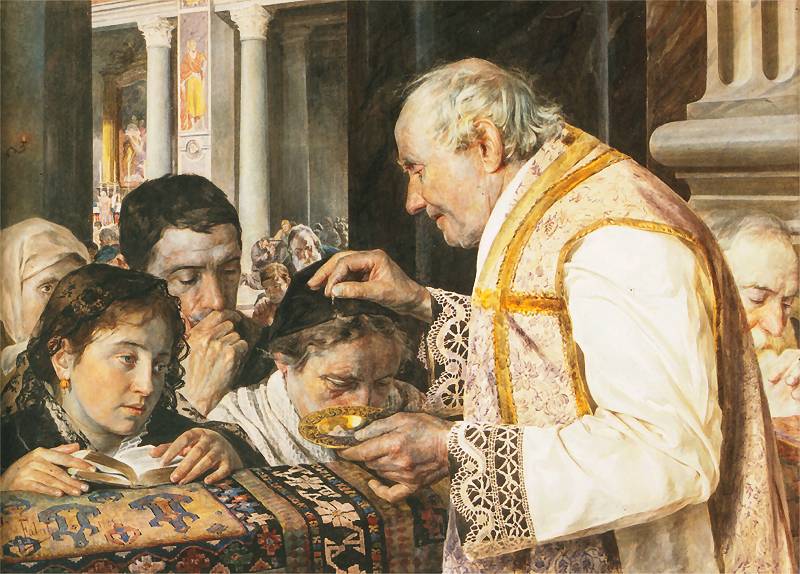An Ash Wednesday mystery
In Germany, on Ash Wednesday, a priest traces a cross of ash on the forehead of each penitent Catholic. In neighboring Poland, a priest sprinkles ashes atop the head.
Most Latin American countries trace. But they sprinkle at the Vatican, and in Italy. Croatia sprinkles. Nigeria traces.
The U.S. is a tracing country.
In the U.K, surprisingly, they do both.
And no one seems to know why.
Ash Wednesday marks the beginning of Lent everywhere. And everywhere, Lent begins when Catholics are marked with ash, and urged to turn from sin, repent, and follow Christ.
Ashes are not sacraments, but they are sacramentals— signs of the sacred. Being marked with ash is meant as a blessed reminder of our mortality, our judgment, and our need for conversion.
But how the marking actually happens is a matter of considerable variety.
Even in countries that customarily trace a cross upon the forehead, some priests trace a distinct and clearly delineated cross, while others make a simple smudge with their thumbs. In Ireland, priests sometimes use a cork carved with a cross design, using it like a stamp on the foreheads of Catholics.
Countries that “sprinkle” have some variety too — in some countries, the priest puts his ash-covered thumb on the crown of the head. In others, he drops the ash from a few inches away.
The Church’s ritual texts are not especially specific about how ashes are to be distributed. The Roman Missal says that the priest “places ashes” on those who come forward for them. The English translation specifies the ashes should be placed “on the head.”
Dr. Lynne Boughton, a specialist in the history of liturgy at the Liturgical Institute at Mundelein Seminary, told The Pillar that…



